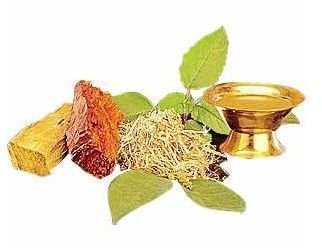Ayurveda Dishes & The Six Tastes: Learn to Eat Balanced & Harmonious Meals for Better Health
The Six Tastes
Ayurveda interrelates the doshas with the Six Tastes to achieve balance to the mind-body. Ayurveda meals include the Six Tastes: sweet, sour, salty, bitter, pungent, and astringent. The guiding Ayurveda pirinciple upon which the Six Tastes are grounded is human tastebuds know what the body needs. What an individual tastes resonates throughout the whole being–physical, mental and spiritual–and throughout the universe.
The Six tastes are not as alien as may first appear. Each taste represents the Western building blocks of healthy nutrition. For example, bitter foods are high in vitamins and minerals, while sweet foods tend to have necessary fat and protein. Accoreding to Ayurveda diet philosophy, a person’s dosha guides what the person desires to eat. Similarly, one’s predominant dosha guides one away from foods that will bring that dosha out of balance. Doshas out of balance can lead to physical and mental illness and spiritual malaise.
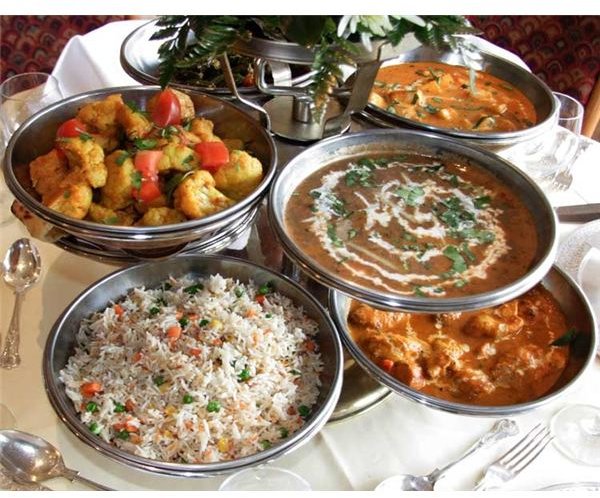
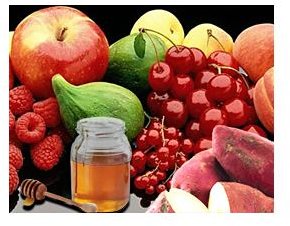

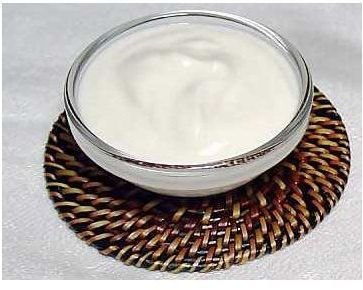
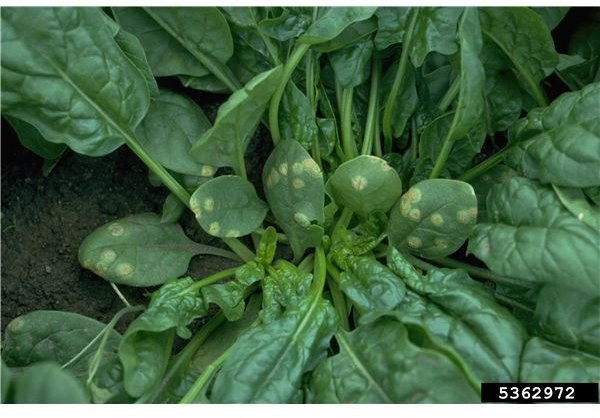
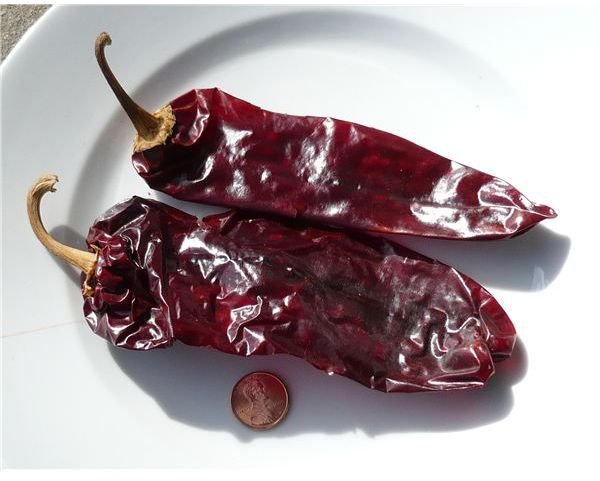

Doshas
The Six Tastes derive from Ayurveda constitutional types (doshas). When doshas are balanced, one eats foods to maintain that balance. When doshas are out of balance, one must eat foods to restore balance. The tri-dosha philosophy encompasses Vata, Pitta and Kapha doshas. While the Ayurveda system of doshas is complex, general characteristics of the three doshas pertain.
Vata dosha qualities are cold, dryness and agitating. Signs of Vata imbalance include anxiety, insecurity, insomnia, and chapped lips. If a Vata dosha is exaggerated, the person needs sweet, sour and salty foods. Fruits, nuts and berries can satisfy restore harmony to a disturbed Vata dosha.
Pitta characteristics are warm, stable and soft. Pitta imbalance can be identified by symptoms including hostility, impatience, skin rashes, and bad breath. When there is too much Pitta, foods to restore balance have sweet, bitter, and astringent tastes. Such foods include sweet fruits, leafy greens and whole grains.
Kapha dosha is characterized by cold and oiliness. Kapha imbalance can include sluggishness, apathy, mucus congestion, and high cholesterol. Kapha doshas find relief with foods that are pungent, bitter and astringent. Pungent spices, bitter leafy greens and astringent legumes decrease Kapha influences.
Ayurveda Dishes
While Ayurveda dishes require that the Six Tastes be included, it is not difficult to find or create recipes to balance doshas. All Ayurvedic foods are not compatible with every dosha, but all Ayurvedic foods are healthful and restorative. There are endless food and spices combinations that can satisfy every dosha in every season. Preparing Ayurvedic meals is no more challenging than designing menus for most meals and health needs. There may be an adjustment for Western tastes, but the benefits outweigh the learning curve.
For Vata dosha, prepare a cooling cucumber salad, with grilled free-roaming skinless chicken breast, prepared in sesame oil. Serve mashed sweet potatoes on the side and a fresh papaya and mango smoothie for dessert. (See Holistic Online for Vata shopping lists and foods to avoid.
Pitta dosha might enjoy a refreshing salad of leafy greens, sliced zucchini, cucumber, fresh mushrooms. Summertime foods are appropriate choices for Pitta types. Holistic Online suggests a quick remedy for exaggerated Pitta. Mix 2 tsp. of ghee (clarified butter) in a glass of warm milk. Another dish for Pitta doshas is an egg white and mushroom omelet, cooked in sunflower oil. Serve with that green salad for dinner or lunch.
Warm and light dishes will be restorative for Kapha doshas. A Kapha with a sweet tooth should consume honey rather than sugar. Reduce or avoid dairy products, which are Kapha irritants. Raw foods are best. Serve a dinner of basmati rice with fresh peas and green onions, seasoned with turmeric or ginger. Add a pungent and bitter salad of any leafy greens, fresh asparagus and sunflower seeds sprinkled on top.
Disclaimer
Please read this disclaimer regarding the information contained within this article.
Resources
https://www.eattasteheal.com/ETH_6tastes.htm
https://www.holisticonline.com/ayurveda/ayv-taste-sweet.htm
https://www.vedictherapies.com/ayurvedic-faqs-articles/ayurvedic-cooking-basics/
https://www.experiencefestival.com/summer_in_ayurveda/articleindex
Image Credits
https://www.medcarelive.com/…/12/ayurvedic-food-01.jpg
https://www.shedyourweight.com/img/ayurvedic_cooking.jpg
https://www.indianetzone.com/…/SweetTaste_9824.jpg
https://www.dogchatforum.com/images/saltshaker.jpg
https://www.diwinetaste.com/…/images/Yogurt.jpg
https://www.forestryimages.org/…/3072x2048/5362972.jpg
https://www.upload.wikimedia.org/…/ed/Newmexicochiles.jpg
